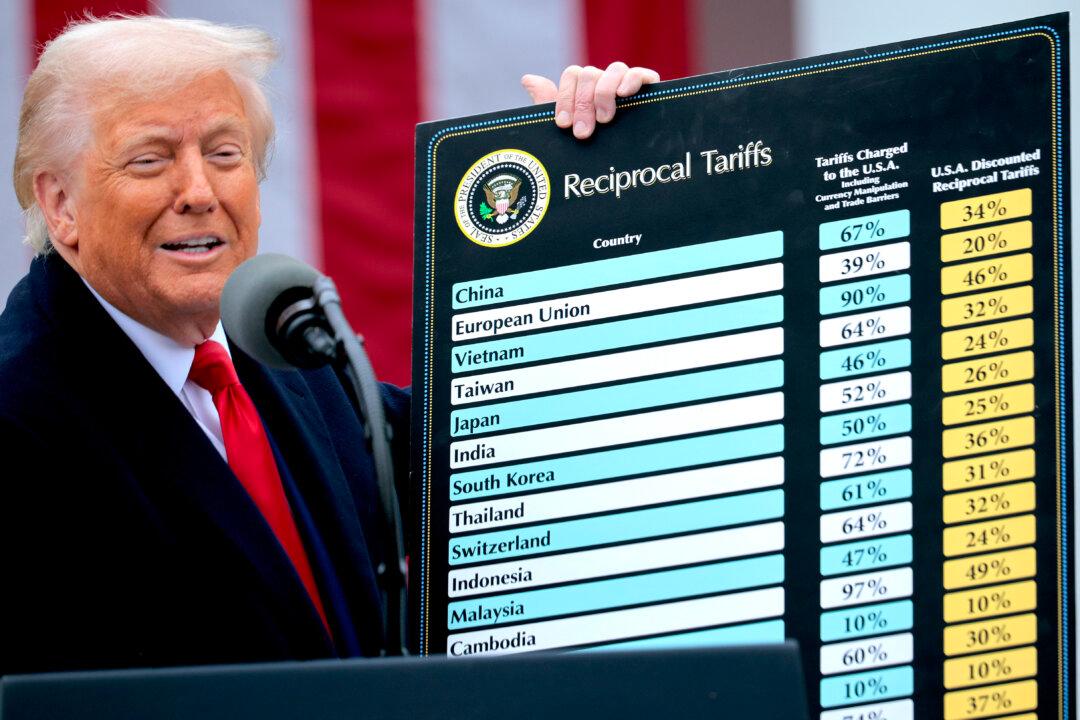The Dutch government will control how much landlords can charge renters in a plan that’s supposed to alleviate ongoing housing affordability problems.
More than 300,000 homes will be affected by the plan, with rental prices to be cut by an average of 190 euros (US$202) per month.
The maximum rent allowed will be 1,100 euros (US$1,166) and will be indexed annually in line with inflation.
Housing Minister Hugo de Jonge hopes to expand the program to cover mid-market properties that score up to 187 points.
In the Netherlands, properties are rated on a scoring system tied to the amount of rent that can be charged. The system takes into account factors such as interior and exterior spaces, storage, communal areas, kitchen tiling, bathrooms, and the official value of the property.
This year, social housing properties score lower than 142 points and can only charge 760 euros (US$804) per month, while apartments can score up to 187 points.
De Jonge said middle-income earners, such as teachers and nurses, were struggling to meet rising rents in the country because of an “enormous scarcity” of homes.
Landlords who fail to comply risk being fined from 20,000 euros up to 80,000 euros for repeat offenders.
Not the First Time Rental Controls Have Come Into Play
Other European nations have experimented with rental controls, yet countries such as Ireland are still grappling with their rental crisis.On Aug. 1, only 716 homes were available for rent in a country of 5 million people.
However, that number has dwindled as the volume of regulations on landlords ratchets up, including moratoriums on evictions, the removal of tax deductions for investment properties, and rent controls.
On the latter, within Ireland’s 50 designated Rent Pressure Zones, rent increases are capped yearly at either 2 percent or in line with the inflation rate, whichever is lower. So if inflation were to increase by 1.2 percent, then landlords can only increase their rent by 1.2 percent.
These tight restrictions have slowly chipped away at the pool of landlords previously willing to offer properties for rent, according to Pete Wargent, co-founder of BuyersBuyers in Australia.
“The balance is tilted too far away from private landlords,” he told The Epoch Times. “People just think it’s probably easier to put their money somewhere else, either into the stock market, commercial property, or other asset classes.”





